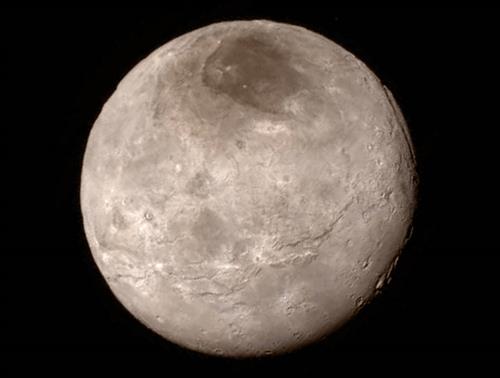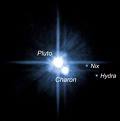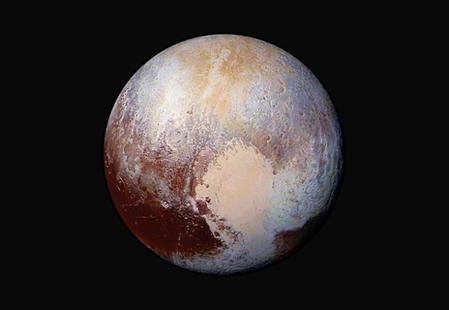 Close Topic Options
Close Topic OptionsPluto - Page 3 of 6
Pluto probe new horizons has A few Scientific - Page 3 - Sciences, Education, Art, Writing, UFO - Posted: 31st Aug, 2015 - 8:59pm
Page 3 Pluto
The New Horizons spacecraft has completed a historic fly-by of Pluto, NASA says, making its closest pass at 7:49 a.m. ET.
The unmanned, piano-sized spacecraft was traveling nearly 31,000 miles per hour when it passed about 7,750 miles above Pluto.
New Horizons will continue traveling out into the Kuiper Belt, a region scientists think is filled with thousands of other small, icy worlds. Scientists say the probe will continue sending back data about Pluto for several months.
New Horizons was launched from Cape Canaveral, Florida, on Jan. 19, 2006, and traveled more than 3 billion miles to reach Pluto. It's the first mission for any nation to Pluto and its five moons.
The mission completes what NASA calls its initial reconnaissance of the classical solar system. The space agency has now sent probes to Mercury, Venus, Mars, Jupiter, Saturn, Uranus, Neptune, and Pluto. Ref. CNN
Pluto
NASA spacecraft New Horizons confirms successful mission to Pluto
NASA confirmed on Tuesday that the mission to Pluto was a success, as it received transmission from spacecraft New Horizons. The spacecraft has been traveling for nearly a decade to take images and has already sent back photos. Ref. USAToday
Pluto
NASA releases new images of Pluto taken by New Horizons spacecraft
In images NASA shared on Wednesday, Pluto's surface is shown in great detail - including mountains in a region near the equator. Launched in January 2006, the New Horizons spacecraft set out to take the world's closest and most-detailed images of Pluto. The unprecedented images are accompanied by a trove of data the scientists will receive over the next 16 months. Ref. USAToday
Image from NASA.

Pluto (Hover)
 TOPIC: Pluto
TOPIC: Pluto
